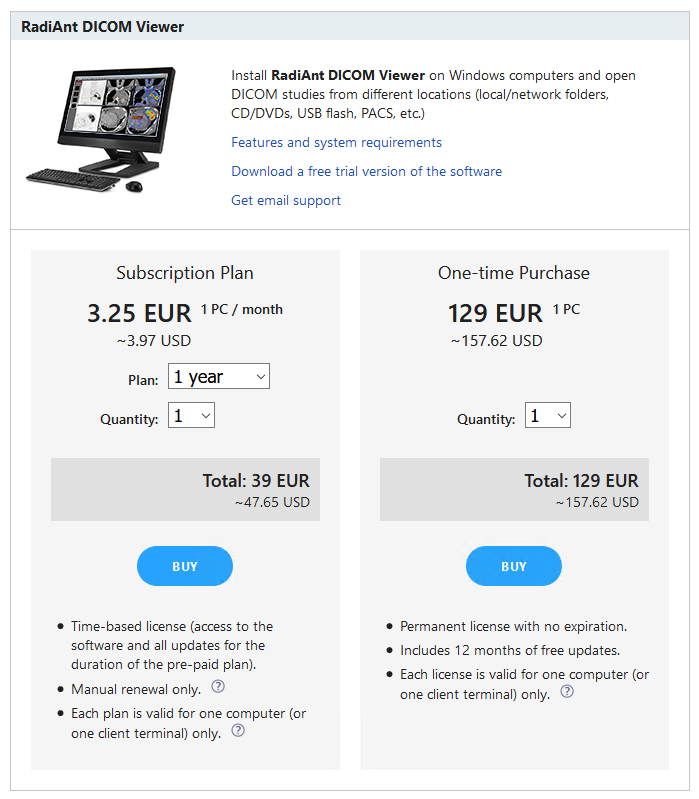
Pc Autoplay Dicom Viewer Mac

Send SCU: send DICOM images to DICOM servers. Servers list: define DICOM servers you usually work with. Multi-series display of up to 4 sequences or clips in many predefined arrangements. Multi-frame display (series, clips, sequences) in freely defined grid. User-controlled display of demographics, DICOM overlays, reference lines. Syngo fastView 1 is a standalone viewer for DICOM 2 images provided on DICOM exchange media. It can be used on any Windows PC - not allowed on medical workstations. Its operating concept is based on the easy-to-use syngo philosophy; Learn one - know all. Export DICOM image as JPEG NOTE: Not compatible with mOpal 1. Open a Patient Study from the Opal Studylist. Browse to the x-ray image you would like to export. Right mouse click anywhere on the x -ray image, pulling up an addition menu, select ‘Save Image As’ option. Chrome application to open folder for multiple view or single image in dicom format. Dicom Image Viewer allows the display of a single image and lets you ope.
An introduction to the DICOM single-file formatThe Digital Imaging and Communications in Medicine (DICOM) standard was created by the National Electrical Manufacturers Association (NEMA) to aid the distribution and viewing of medical images, such as CT scans, MRIs, and ultrasound. Part 10 of the standard describes a file format for the distribution of images. This format is an extension of the older NEMA standard. Most people refer to image files which are compliant with Part 10 of the DICOM standard as DICOM format files. A complete copy of the standard (in PDF format) is avaiable for download (drafts of the standard are organized by year).


A single DICOM file contains both a header (which stores information about the patient's name, the type of scan, image dimensions, etc), as well as all of the image data (which can contain information in three dimensions). This is different from the popular Analyze format, which stores the image data in one file (*.img) and the header data in another file (*.hdr). Another difference between DICOM and Analyze is that the DICOM image data can be compressed (encapsulated) to reduce the image size. Files can be compressed using lossy or lossless variants of the JPEG format, as well as a lossless Run-Length Encoding format (which is identical to the packed-bits compression found in some TIFF format images).
Pc Autoplay Dicom Viewer
DICOM is the most common standard for receiving scans from a hospital. Neuroimagers and neuropsychologists who wish to use SPM to normalize scans to stereotaxic space will need to convert these files to Analyze format. My freeware MRIcro software will directly convert most DICOM images to and from Analyze format. Eric Nolf's freeMedcon and XMedconsoftware can also convert between Analyze and DICOM.